What types of glass are used?
The main problem with glass is fragility. To make the space safer, hardened is most often used instead of silicate. The latter is more expensive, but more durable, and even if it breaks, the fragments have rounded edges that cannot be cut.
The most common glass option in the interior is classic transparent. Perfectly transmits sunlight, is used in partitions, windows, doors, facades.
On the picture transparent partition in the kitchen
If what is happening behind the door or window needs to be hidden, while maintaining a natural shade, use frosted glass or corrugated glass.
Dullness is achieved by sandblasting: the surface is 100% covered, or drawings are made.
The relief allows light rays to pass through, but due to refraction, objects or people behind it appear blurry: from such material, inserts are often made on interior doors for bathrooms.
Deserve special attention tinted surfaces: can be classic dark or colored. The latter are especially good as color accents.
Glass structures are made not only from sheets, but also from blocks - glass blocks suitable for the construction of partitions, furniture (for example, tables or bar counters).
What designs are they doing?
Glass in the interior is best seen in large elements such as walls or stairs.
Partitions
Glass partitions are often used in showers or bathrooms instead of curtains. They allow you to protect the room from water ingress, while maintaining the visual lightness of the space.
In other rooms of the house (living rooms, kitchens, bedrooms), barriers perform the same function: zoning while preserving the visual freedom of the room. Walls can be static or sliding (made using sliding doors technology).
Recently, partitions with contrasting frames, mostly black, have become popular.
In the photo there is a glass partition in loft style
Aprons
Glass aprons also called skinals: thanks to the one-piece sheet material, it is possible to achieve a seamless (as opposed to tiles) decoration of the work area. At the same time, glass on the wall in the interior is not inferior to tiles in terms of practicality, on the contrary: due to the absence of seams, it even surpasses it.
Products come in different colors; any pattern can also be applied on the reverse side. But the minimalist can opt for a transparent or frosted model to protect the wall above the countertop.
Advice! If the stove is located on an island, it can also be closed with a wall from the back (see photo). Such an elegant solution will keep grease out of the dining or living area.
Stairs
Even such massive architectural parts as staircases look airy in transparent glass.
Glass stairs appropriate in modern homes, fit especially well into hi-tech styles, minimalism.There are several options for combinations with wood, metal: for example, wooden steps with transparent railings or glass steps with metal handles.
In the photo there is a staircase with transparent railings
Doors
Glass in the door can act as an insert or the basis of the canvas. All-glass doors are used in bathrooms, the use of wood or metal is not limited by the choice of space.
Floors
Glass in the interior on the floor is a rarity. A spectacular technique is relevant for multi-storey apartments and houses: it allows you to watch from above what is happening below.
Another use case is to highlight a subfloor in a house.
Ceilings
A stylish glass ceiling is a great way to save on electricity. Most often, glass roofs are made in kitchens, dining rooms or on summer terraces, verandas.
Glass furniture options
The use of decorative glass is not limited to decoration: it is often used in the interior to create furniture.
Shelves and cabinets
Transparent shelves used to be considered a classic in bathrooms - lightweight structures did not overload small spaces, kept visual space.
Today, glass shelves in niches can even be found in bedrooms, and entire display cases in kitchens, dining rooms and living rooms.
In the photo is a display cabinet for dishes
Chairs and tables
Glass tables are dining, magazine and even work tables. The idea of a glass chair is not that popular, transparent seats are made of plastic for safety and mobility reasons.
Facades of kitchen sets
Top cabinets with glass doors - a compromise between wall cabinets and open shelves. On the one hand, all the contents are visible in them, as in a showcase. On the other hand, doors protect dishes from dust and grease.
The photo shows the transparent facades of the upper cabinets
Decor and accessories
Glass parts are literally made for illumination - thanks to the transparency, the light from the bulb is perfectly diffused. Chandeliers and lamps are produced in different shapes and sizes: you can choose for any room, interior style.
Glass table decor is no less popular: vases, candlesticks, trays, stands, figurines, even flower pots (florariums) look exquisite.
Features of use in the interior
When choosing elements for the interior, decide in what form you are going to use them, where to place them. This will help you figure out which option is best for you.
For example, in the bedroom, you can afford patterned panels. For the kitchen and bathroom, it is better to take an easy-to-clean one: there are special types with a hydrophobic and oleophobic coating.
As for the appearance - decide on the style of the interior. The most minimalistic glasses are clear or frosted white. Gray or brown toned also looks restrained, suitable for modern design.
Bright blue, red, yellow reminds the interiors of the 50-60s, will ideally fit into retro style... Various stained-glass windows will be more appropriate in classic or palace interiors.
Glass is a unique material that everyone loves. Use it to achieve lightness, freshness and airiness in your interior.

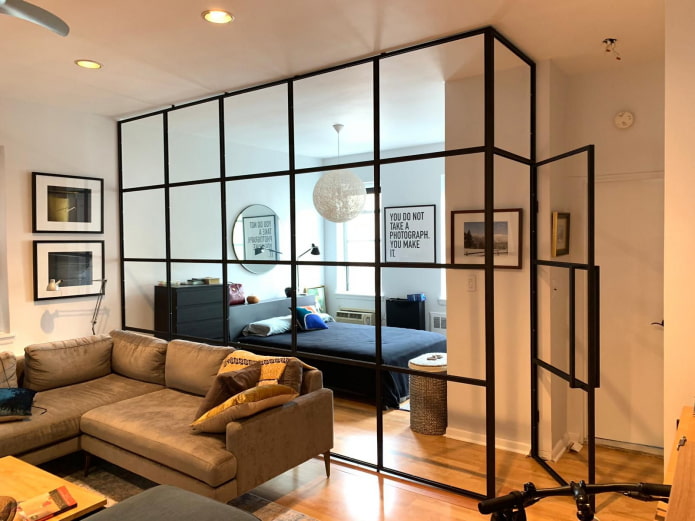
 10 practical tips for arranging a small kitchen in the country
10 practical tips for arranging a small kitchen in the country
 12 simple ideas for a small garden that will make it visually spacious
12 simple ideas for a small garden that will make it visually spacious
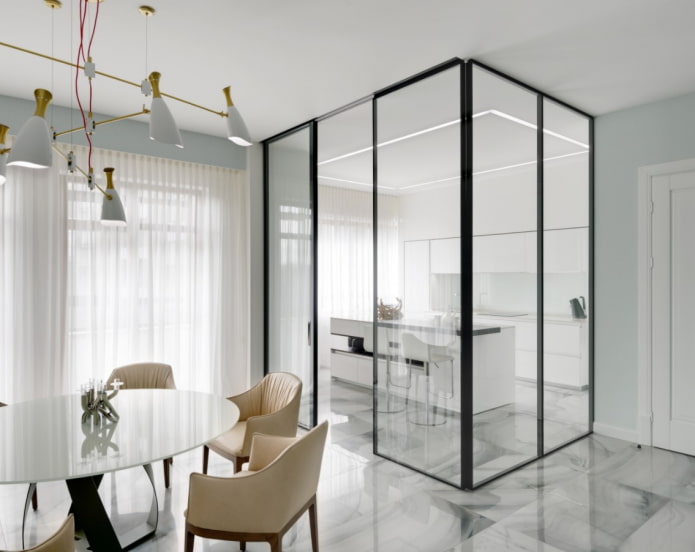
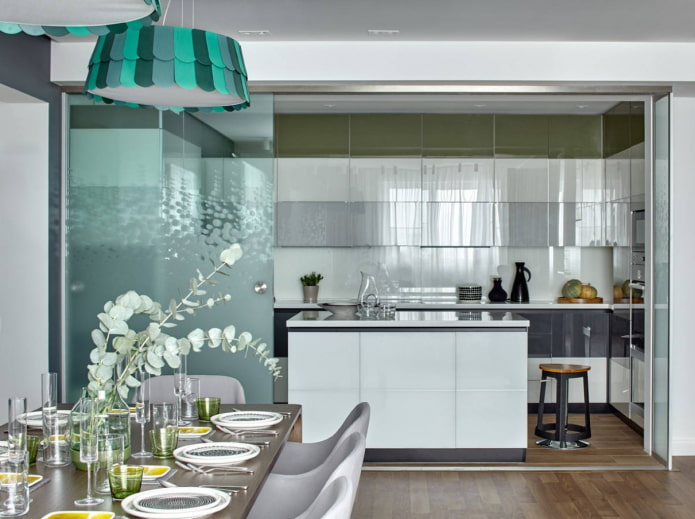
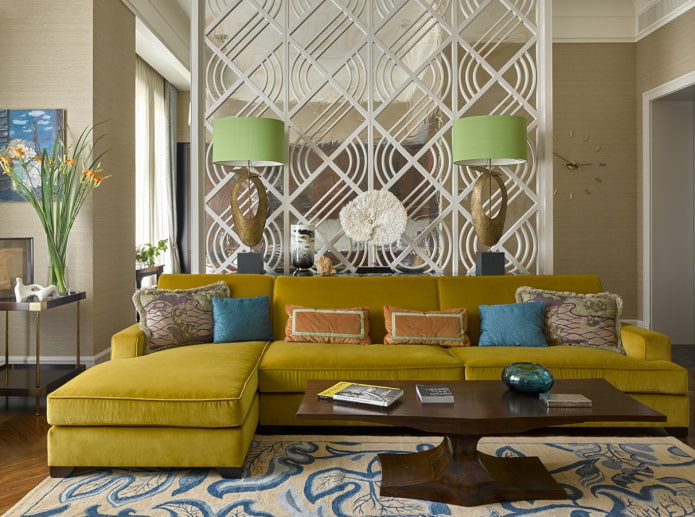

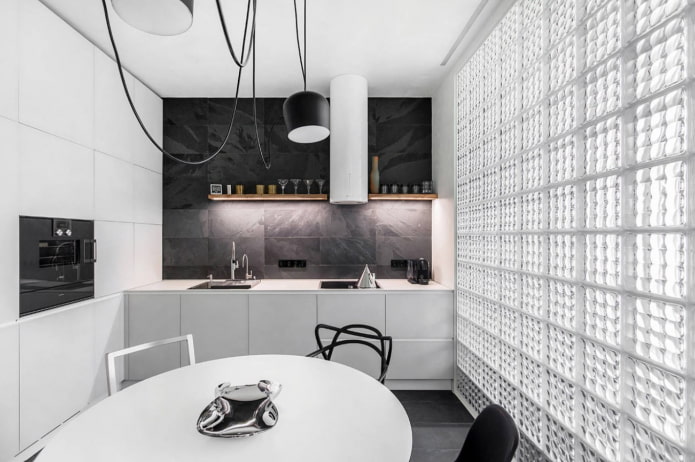
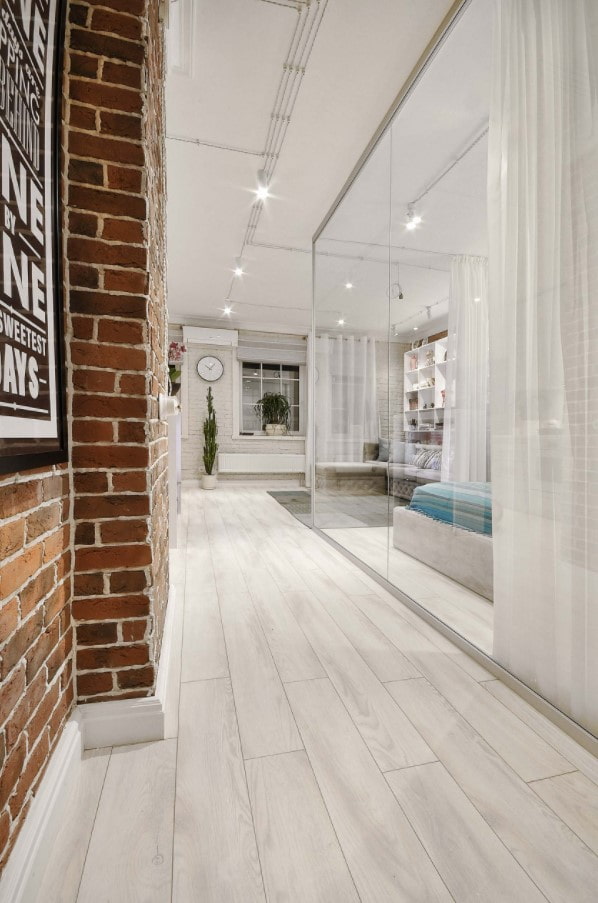
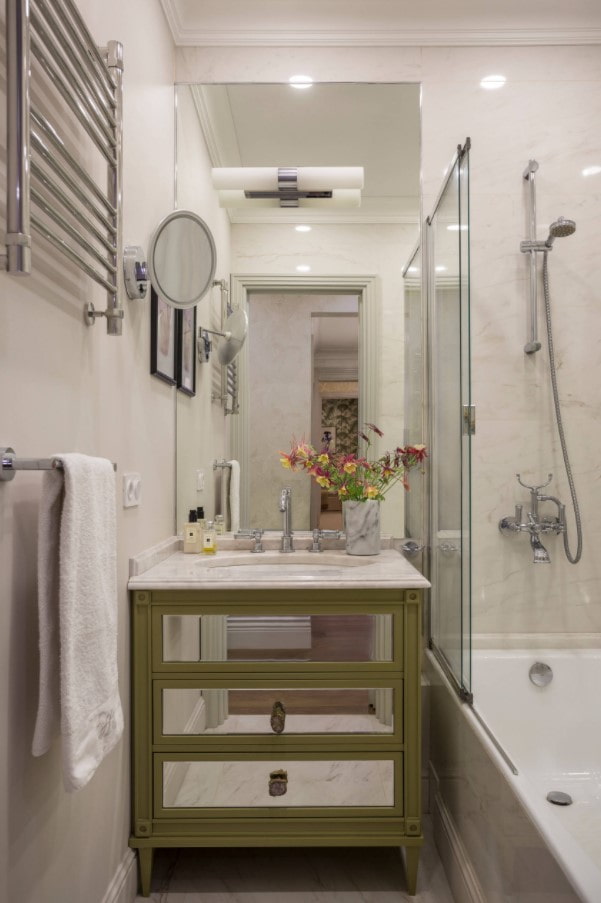
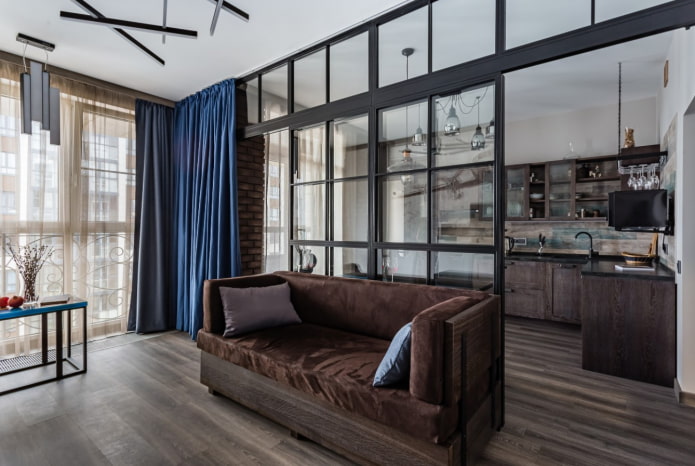
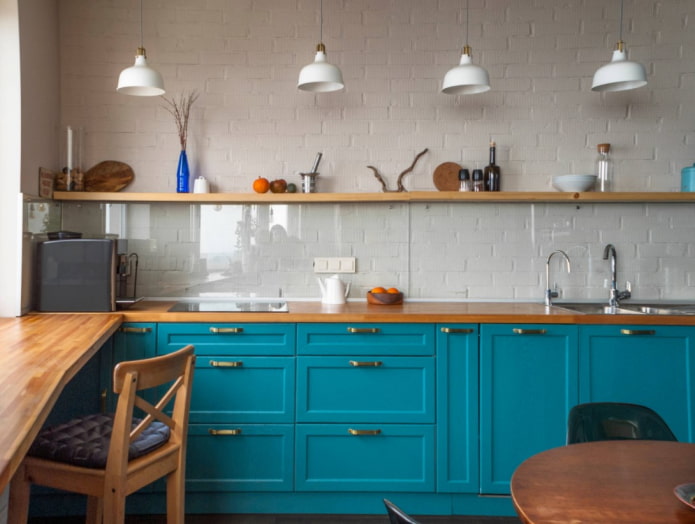
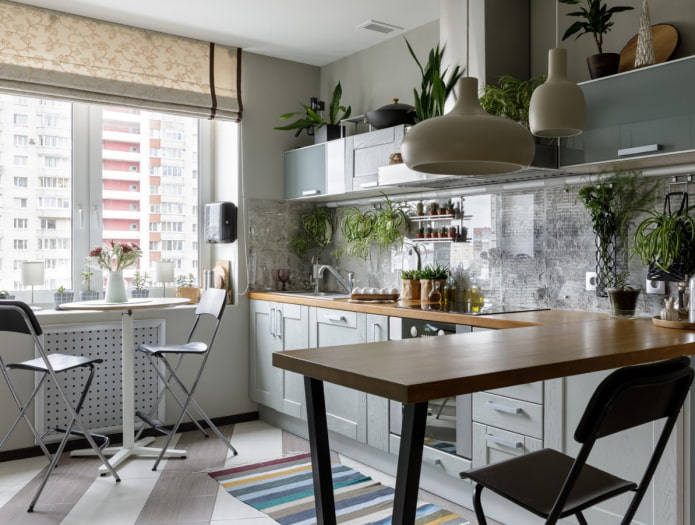

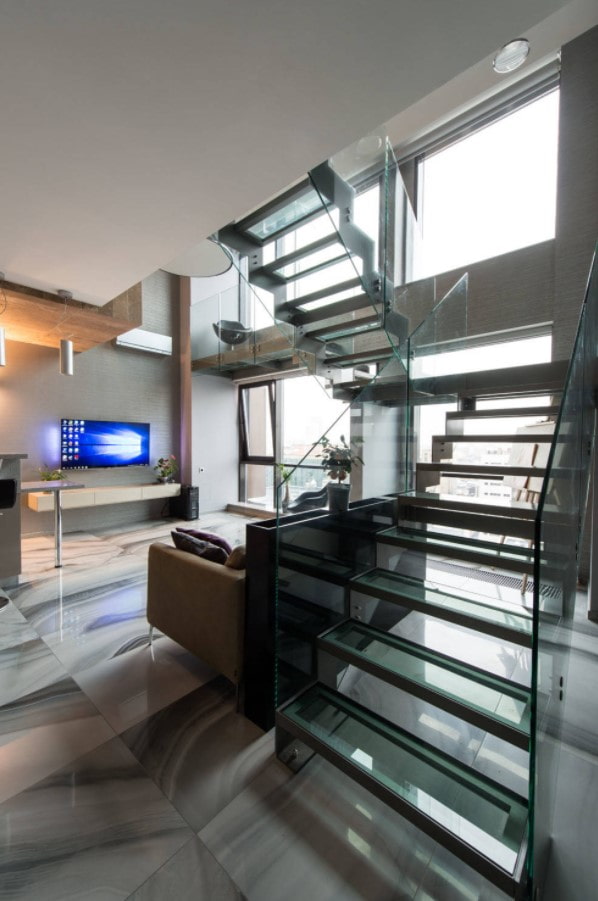
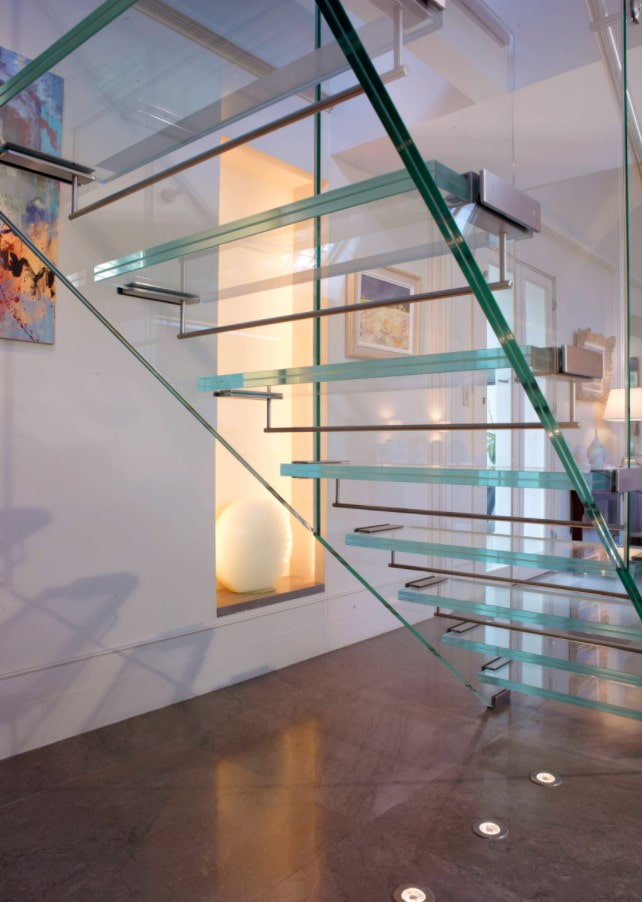
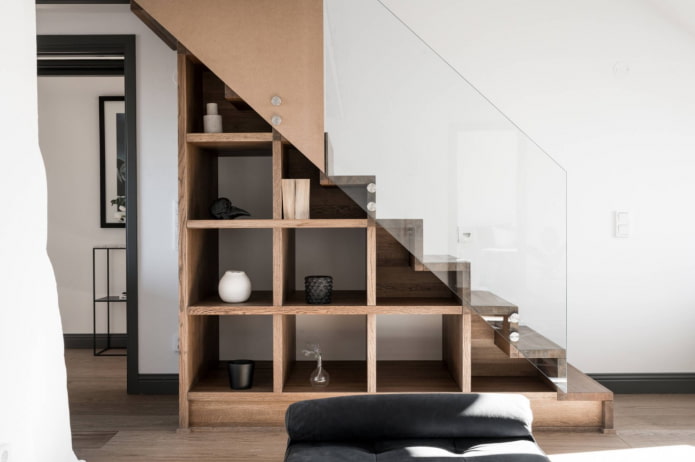
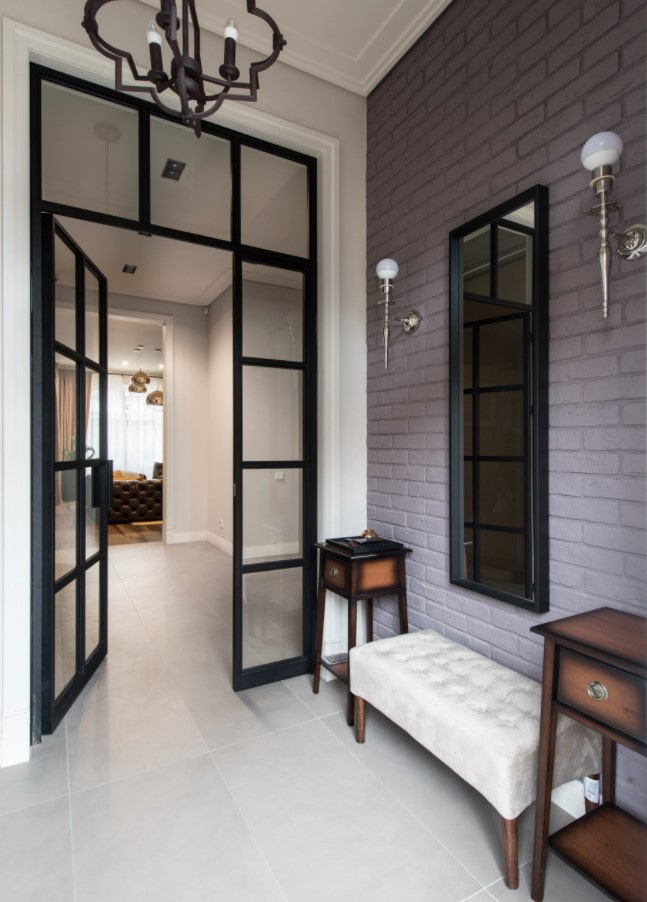
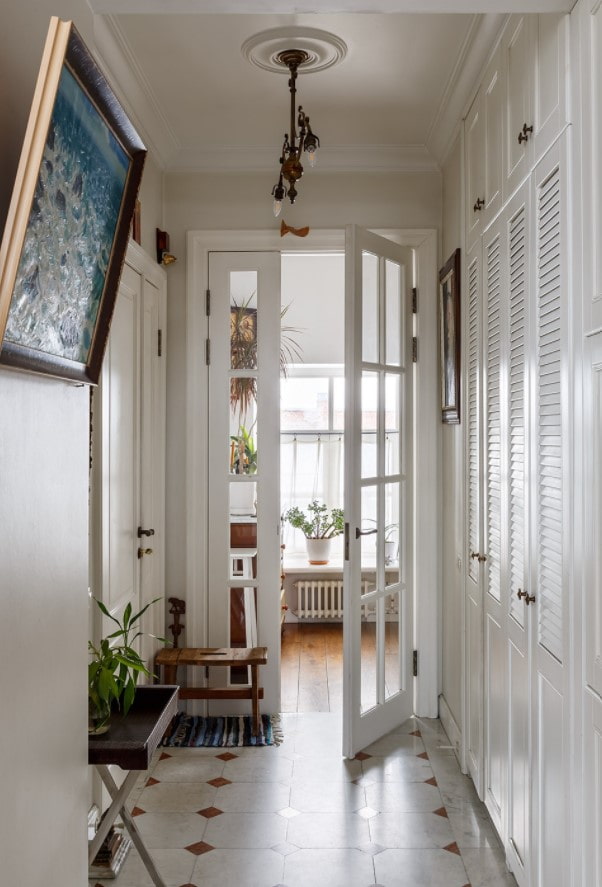
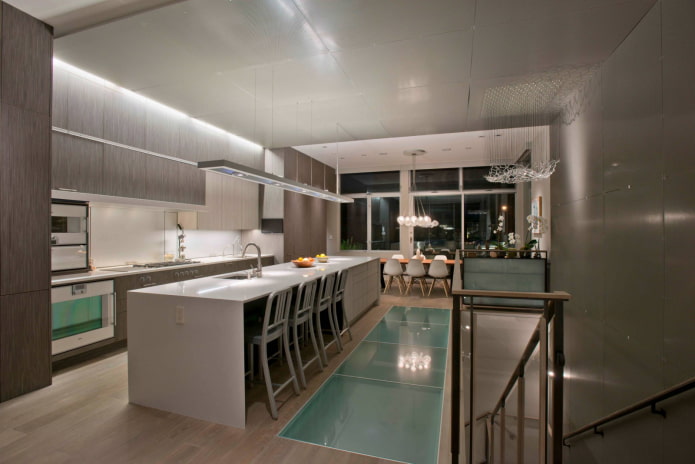
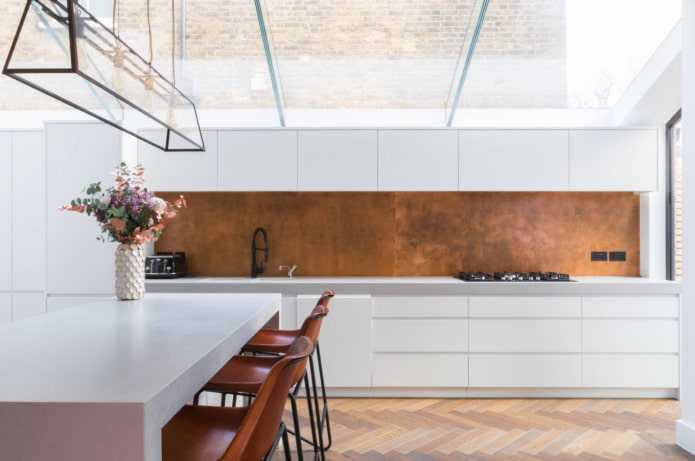
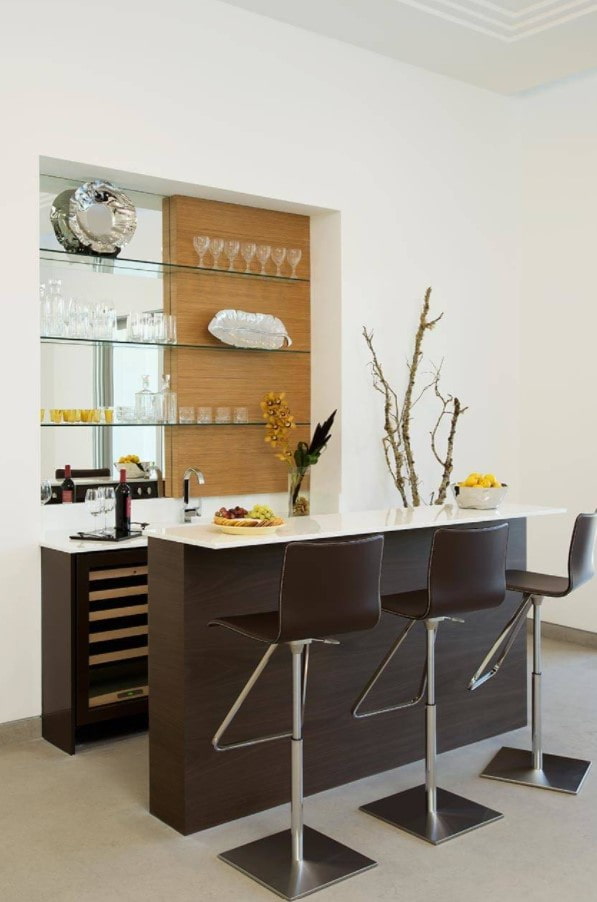
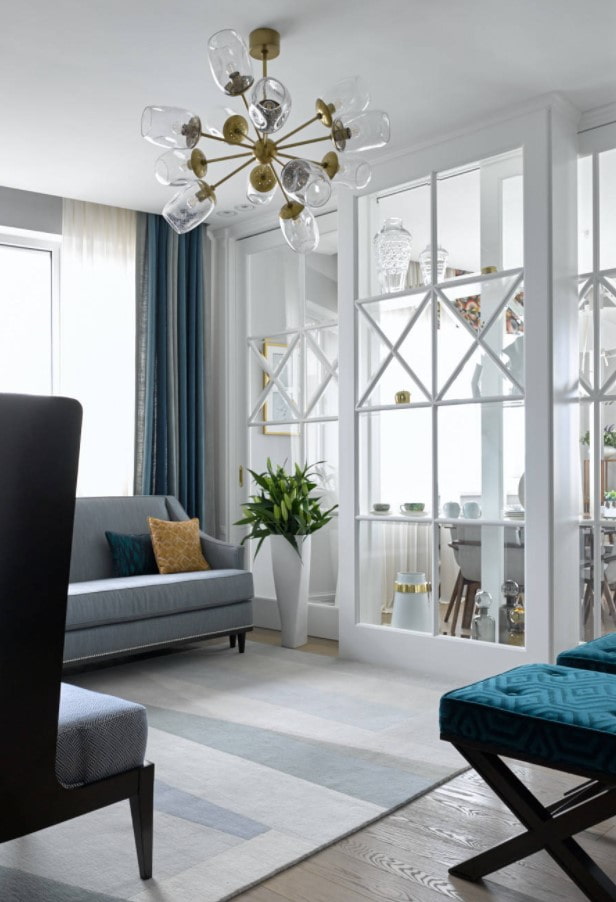
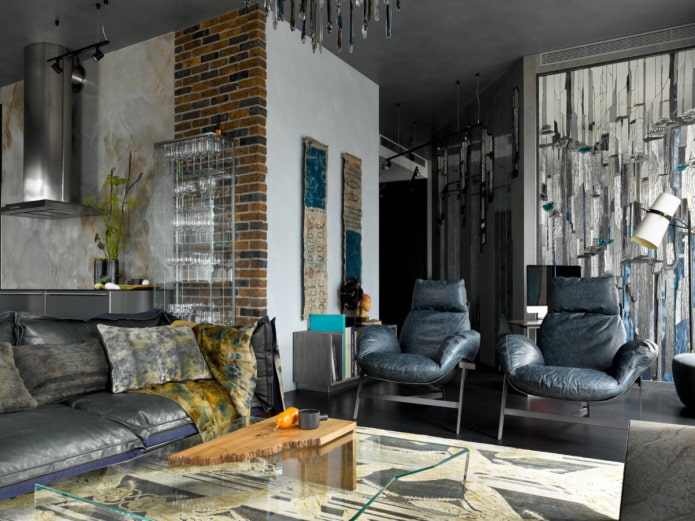
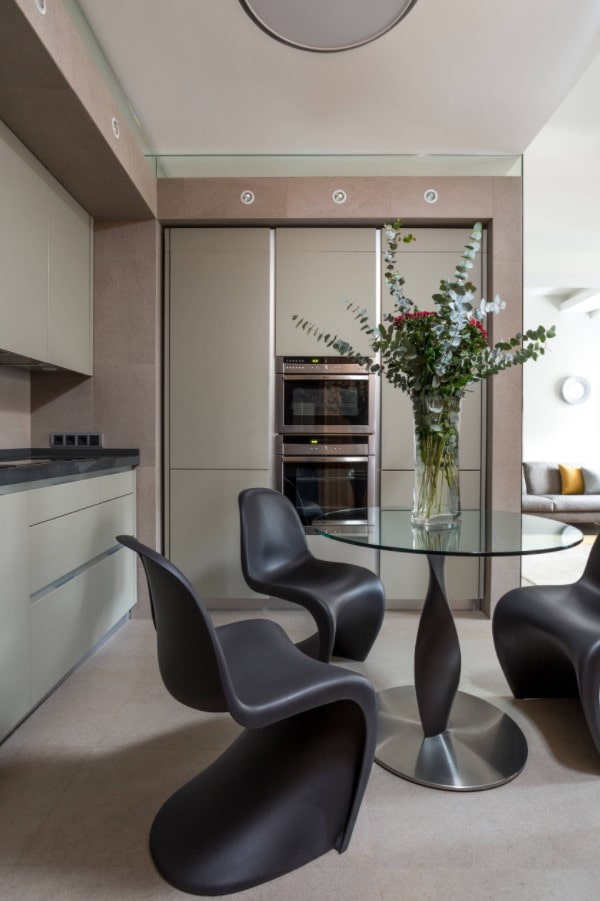
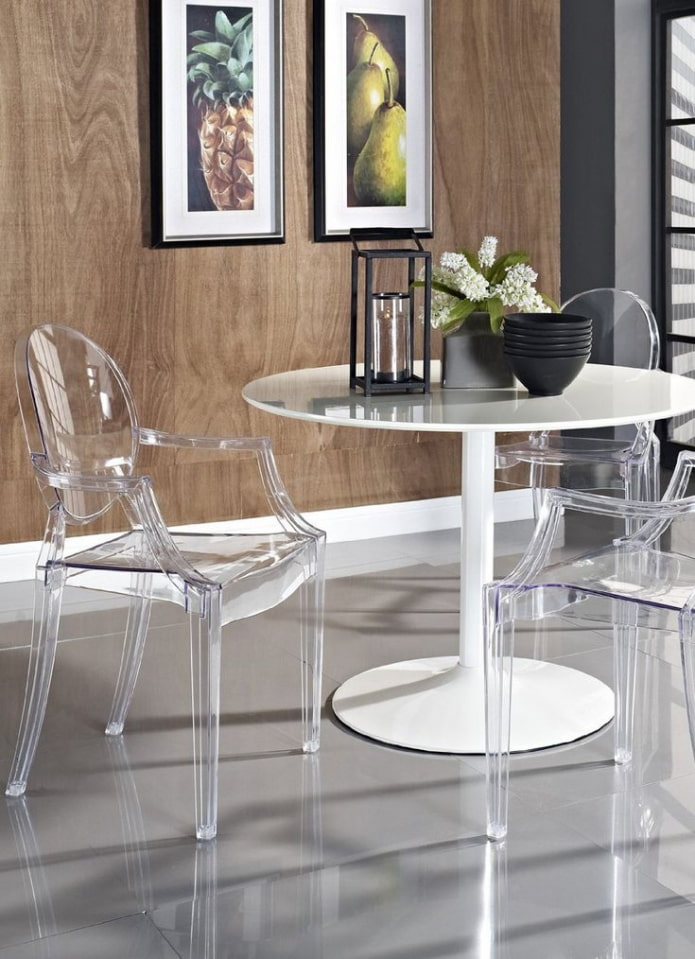

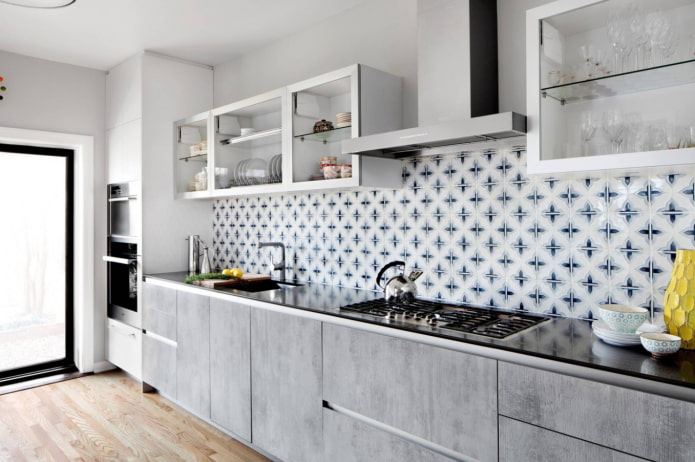
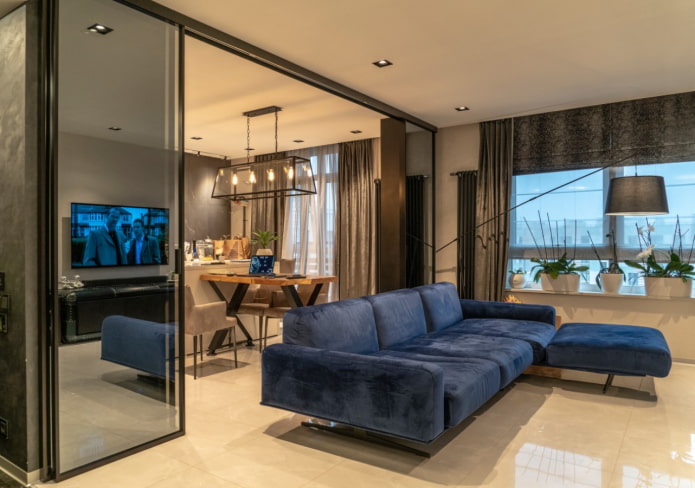
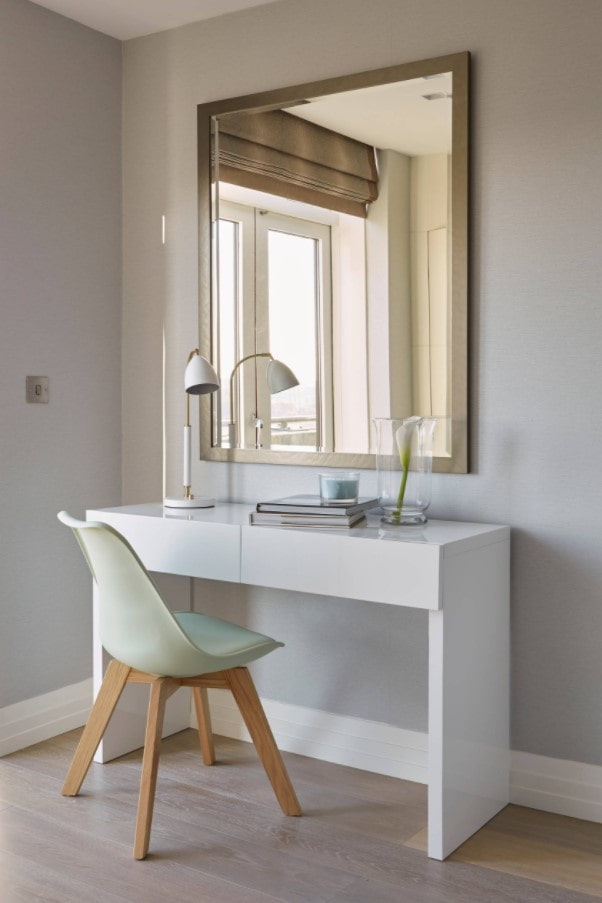
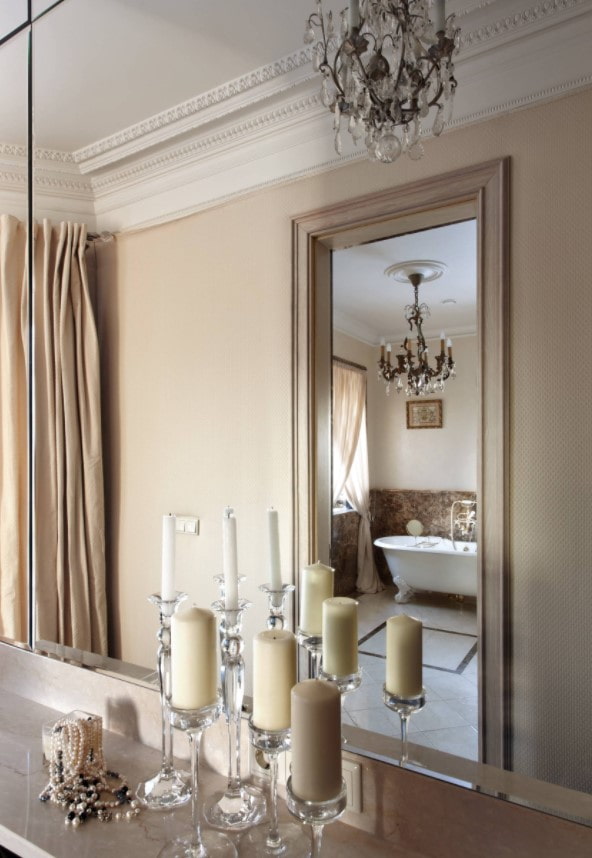
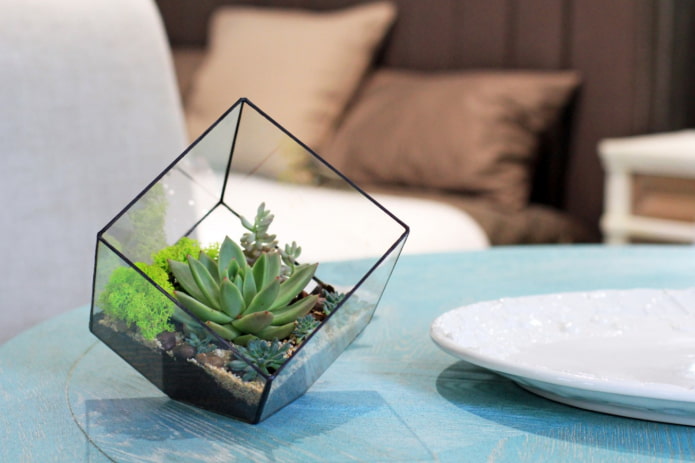
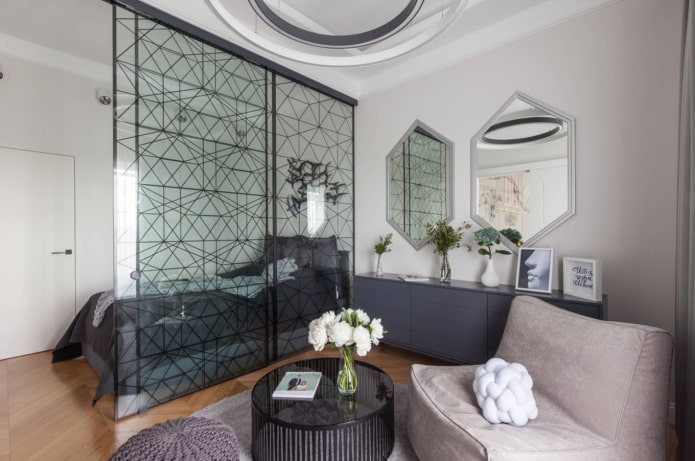
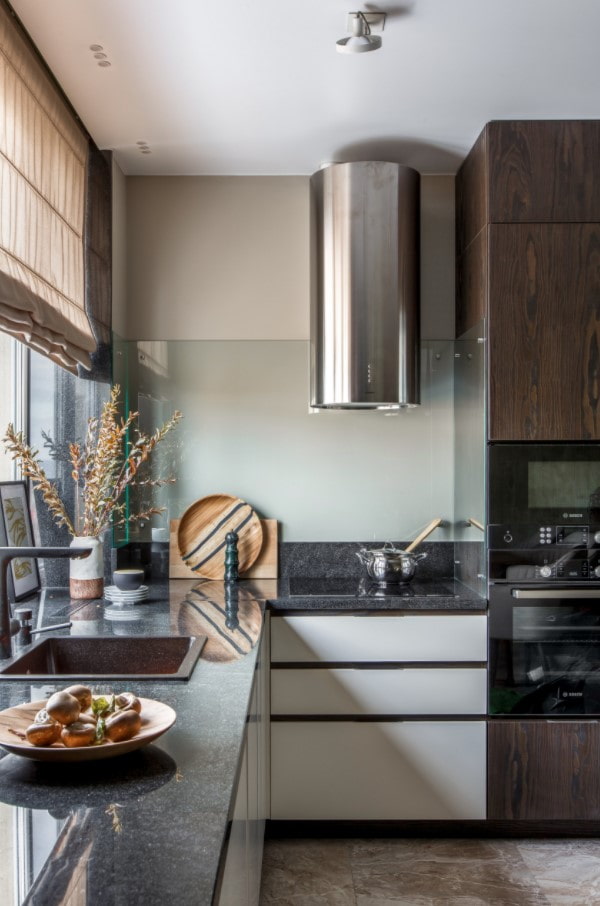
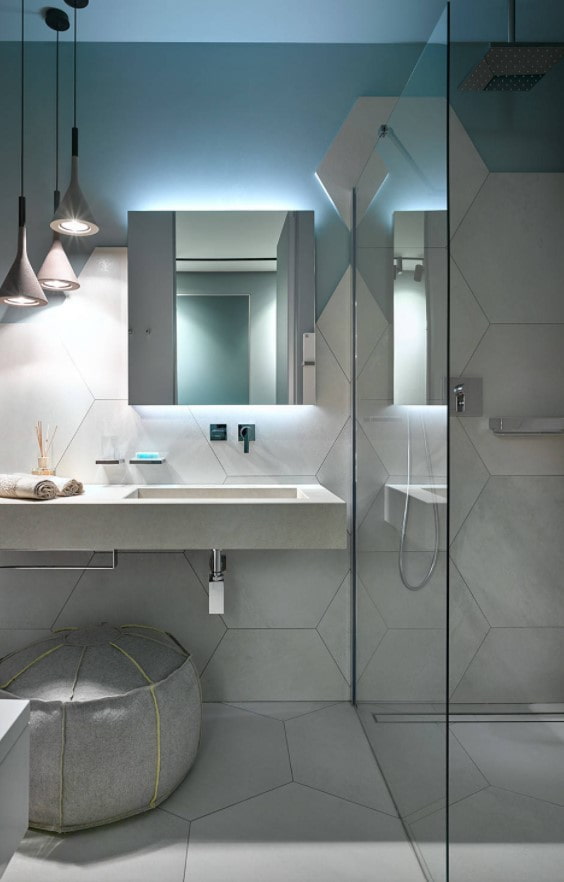
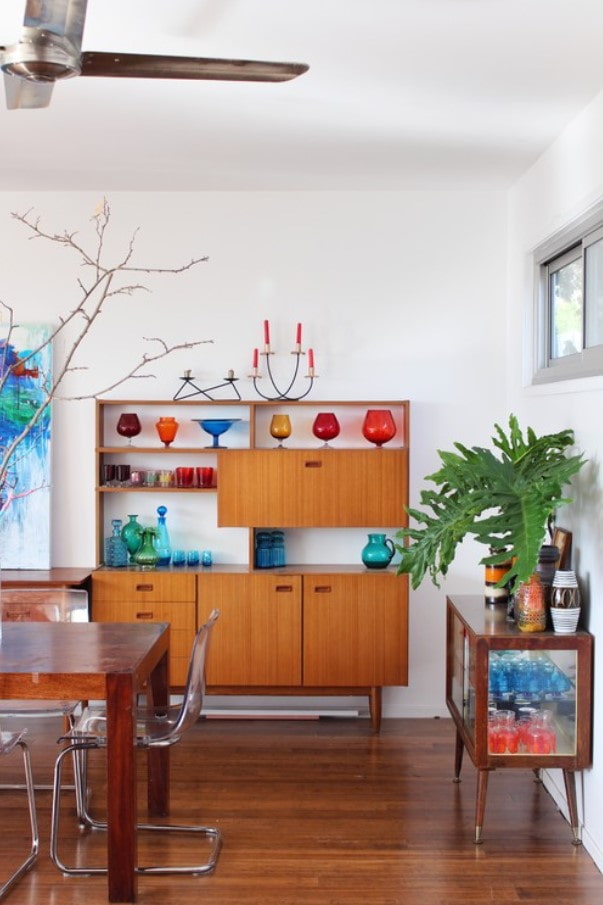
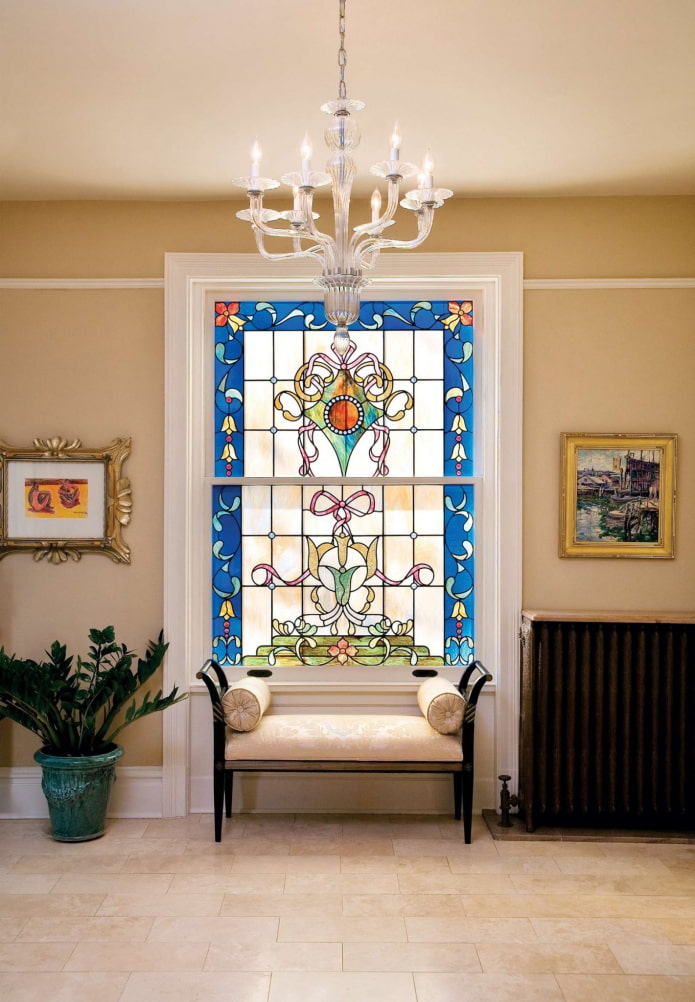
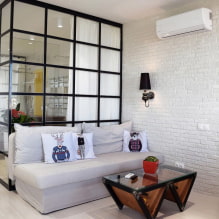
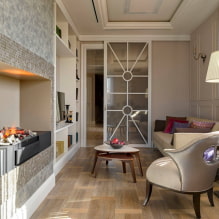
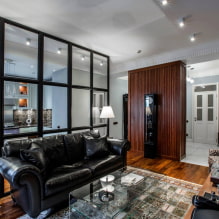
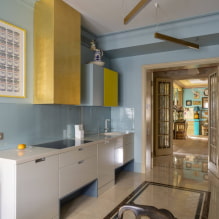


 13 bad habits a good housewife shouldn't have
13 bad habits a good housewife shouldn't have 24/7 home cleanliness - 4 secrets for the perfect housewife
24/7 home cleanliness - 4 secrets for the perfect housewife 6 hotels in Sochi that will give odds to the promoted foreign hotels
6 hotels in Sochi that will give odds to the promoted foreign hotels Top 10 interior design trends 2020
Top 10 interior design trends 2020 Rating of cheap TVs with Smart-TV
Rating of cheap TVs with Smart-TV New Year's LED garlands on AliExpress - we disassemble while it's hot, so that it's bright at home
New Year's LED garlands on AliExpress - we disassemble while it's hot, so that it's bright at home